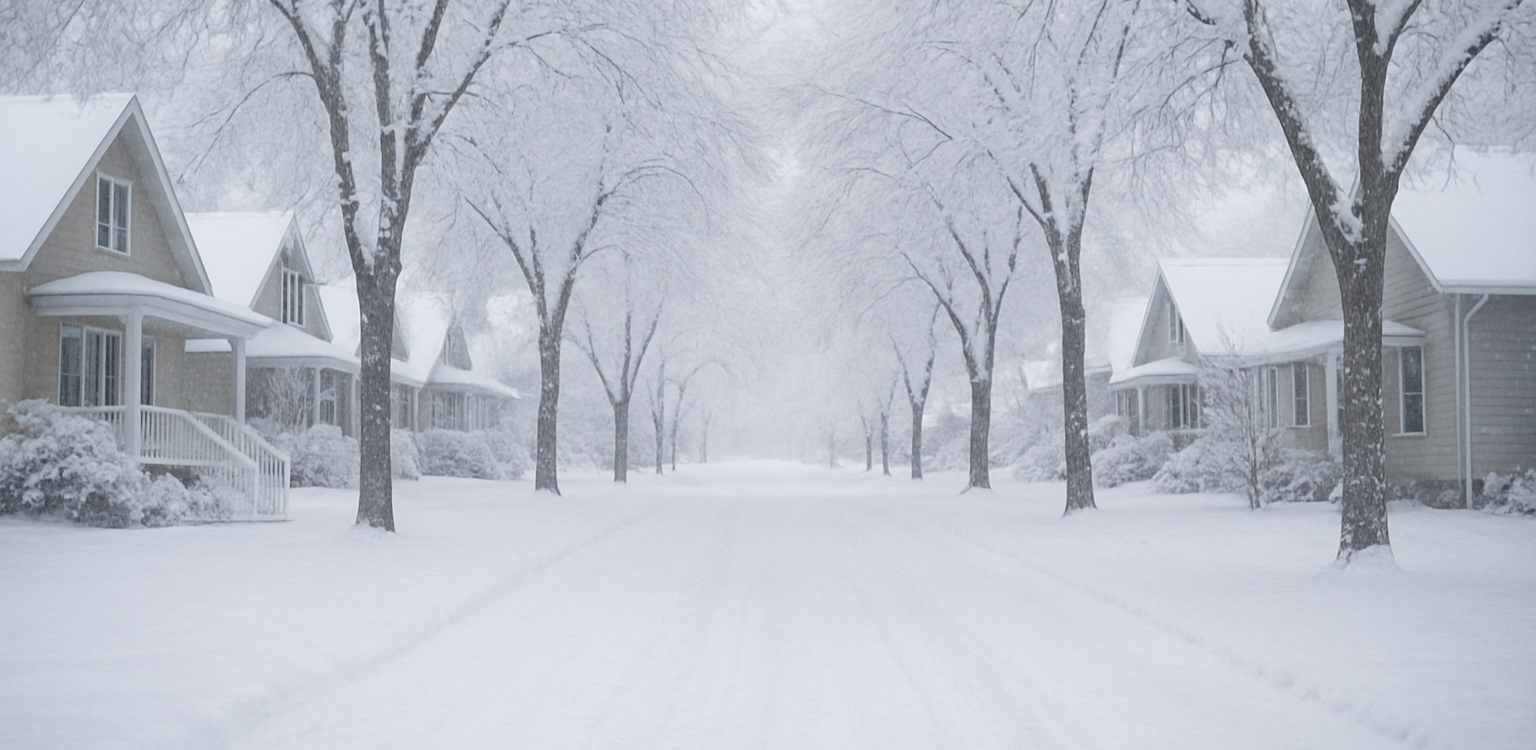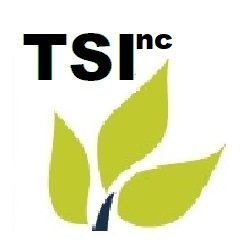What to Expect During a Professional Tree Assessment: The Process and Benefits
Trevor Soltys & Paul Kasper
Trees are a vital part of any landscape. They add beauty, provide shade, increase property value, and contribute to the overall health of the environment. However, just like any living organism, trees require proper care and regular evaluation. A professional tree assessment is a key step in maintaining the safety, health, and longevity of your trees.
If you’ve never scheduled a tree assessment before, you might be wondering what it involves and why it's worth your time. Let’s take a closer look at what to expect during a professional tree assessment and the valuable benefits it provides.
The Tree Assessment Process
A professional tree assessment, often conducted by a certified arborist, is a thorough inspection of the trees on your property. Here’s a breakdown of what typically happens during the process:
1. Initial Consultation and Walkthrough
The assessment usually begins with a walkthrough of your property. The arborist will ask about any concerns you have, such as visible damage, leaning trees, or recent storm impacts. They’ll also inquire about the history of the trees, soil conditions, and any past maintenance.
2. Visual Inspection
Using their trained eye, the arborist will closely examine each tree from the roots to the crown. This includes:
- Trunk inspection for cracks, cavities, or signs of decay.
- Branch evaluation for dead or hanging limbs that could pose a hazard.
- Leaf and canopy health to assess disease or pest activity.
- Root zone inspection to check for girdling roots, soil compaction, or fungal growth.
3. Risk and Health Assessment
The arborist evaluates each tree’s structural integrity and overall health. Trees that are diseased, dying, or unstable can pose safety risks, especially near homes, driveways, or power lines. Using standardized methods like Tree Risk Assessment Qualification (TRAQ), professionals rate the level of risk and recommend appropriate action.
4. Recommendations and Reporting
Once the assessment is complete, you’ll receive a summary of findings. This may include:
- A list of trees that require pruning, removal, or disease treatment
- Maintenance recommendations such as fertilization or soil amendments
- A timeline and cost estimate for suggested services
In some cases, especially for large properties or commercial sites, a detailed written report is provided.
Benefits of a Professional Tree Assessment
1. Improved Safety
One of the most important reasons to schedule a tree assessment is safety. Weak or damaged trees can fall without warning, especially during storms. Identifying hazards before they become problems can prevent property damage and injury.
2. Healthier Trees
Early detection of disease or pest infestations can mean the difference between saving a tree and removing it. Regular assessments ensure your trees receive the right care to stay strong and vibrant year-round.
3. Cost Savings
Addressing minor issues early—like pruning dead limbs or treating a fungal infection—can prevent expensive emergency removals or property repairs in the future.
4. Increased Property Value
Well-maintained trees boost curb appeal and can significantly raise the value of your home or business property. A professional tree assessment is a smart investment in your landscape’s long-term health and aesthetics.
When Should You Schedule a Tree Assessment?
Ideally, property owners should schedule a tree assessment at least once a year or after severe weather events. If you notice signs of decline—such as sudden leaf loss, cracking bark, or leaning trunks—it’s a good idea to call in a professional as soon as possible.
Final Thoughts
A professional tree assessment is much more than a quick look at your yard. It’s a detailed, science-based evaluation that can protect your property, extend the life of your trees, and save you money down the road. Whether you’re planning improvements to your landscape or just want peace of mind, investing in expert tree care is always a wise decision.







